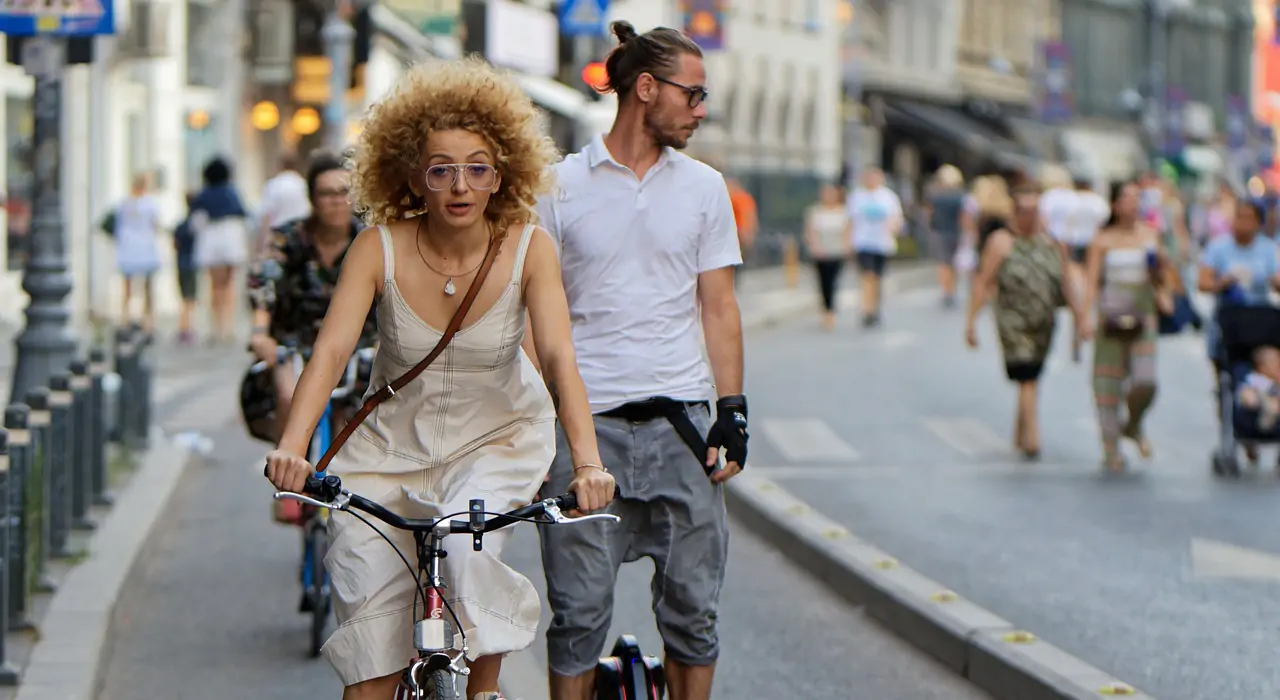Writing Task:
Many countries spend a lot of money to make cycling easier in cities. Why is this the case? Is it the best way to solve traffic congestion?
Task Analysis:
In this task, we’re looking at a question that asks whether investing in cycling infrastructure is the best way to tackle traffic congestion. It is a common type of question where you’re asked to discuss the effectiveness of a concrete solution.
Firstly, we need to break down the subtasks according to the question type. The question specifically asks for an evaluation of cycling as a solution, which involves discussing its effectiveness and comparing it with other methods to address traffic congestion.
In terms of the logic of the essay, we start by discussing the reasons why many countries are investing in cycling infrastructure, emphasizing benefits such as reducing congestion, promoting health, and lowering pollution. Then, we address the potential drawbacks, such as the cost of implementing such infrastructure and the fact that not everyone may choose cycling as a preferred mode of transport. This balanced approach helps to illustrate that while cycling can be part of the solution, it may not be the only or the best for tackling traffic congestion.
A reminder here: when we are asked if something is “the best,” we’d better maintain a balanced position, because it is not easy to prove that one solution is the best.
Writing Sample:
Numerous nations are investing a lot to facilitate bicycling in urban areas. This trend reflects a desire to promote healthier lifestyles and a growing concern over traffic congestion. I believe that cycling should be seen as a part of a larger urban transportation strategy, though it can undoubtedly help with some traffic problems.
The need to reduce traffic congestion is frequently the driving force behind the push for cycling. Traffic congestion causes longer commutes and more air pollution in many urban areas. Cities can lessen the number of cars on the road by promoting bike riding. Metropolis like Copenhagen and Amsterdam, for instance, have built substantial cycling infrastructure, which has resulted in a noticeable rise in cycling. This change improves the air quality by reducing emissions and easing traffic.
On the other hand, not everyone would choose cycling as their primary mode of transportation, so depending only on it to alleviate traffic issues might not be the best course of action. The infrastructure required for safe cycling is absent from many cities. Many potential cyclists might feel unsafe without dedicate bike lanes and facilities, which deters them from riding. Furthermore, some commuters find cycling impracticable because they must carry heavy objects or travel great distances. Enhancing public transportation choices in addition to cycling programs might be a more successful approach. Cities can encourage citizens to leave their cars at home by providing them with alternate options for transportation, such as optimized bus and train services.
To sum up, encouraging cycling can help reduce traffic and create a healthier urban environment, but it shouldn’t be seen as the sole solution. To effectively address urban transportation challenges, a comprehensive strategy that incorporates improving public transportation and building safe cycling infrastructure is necessary.
